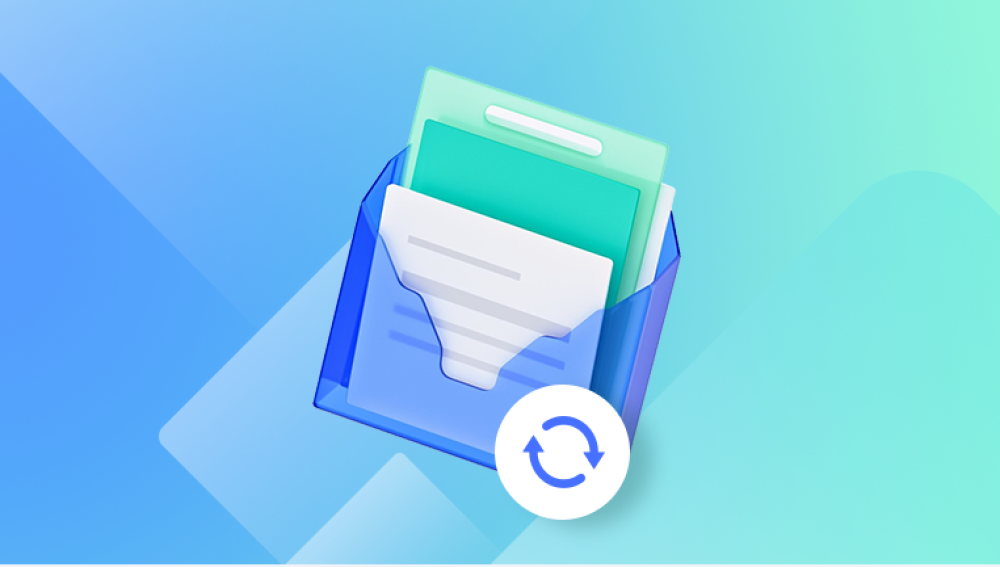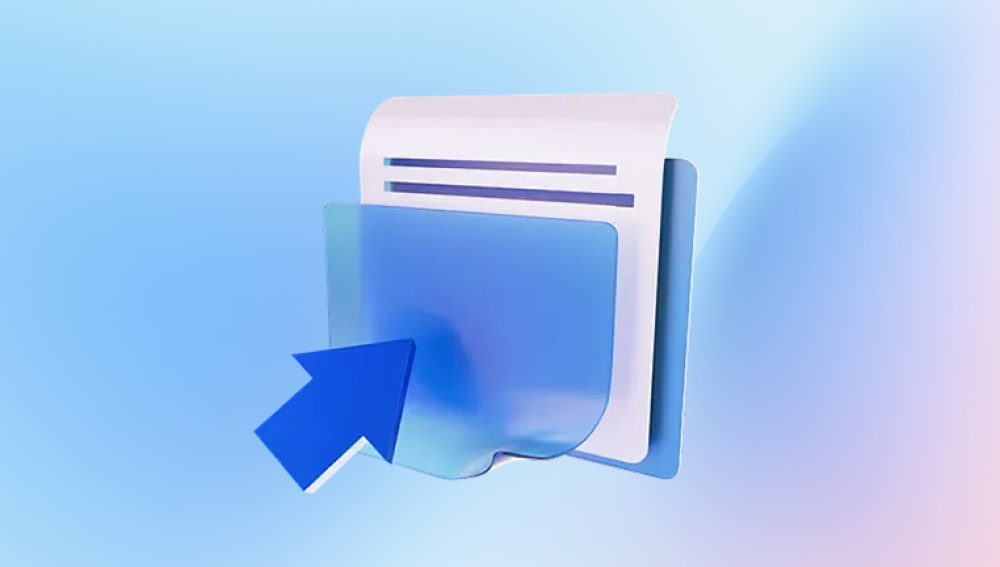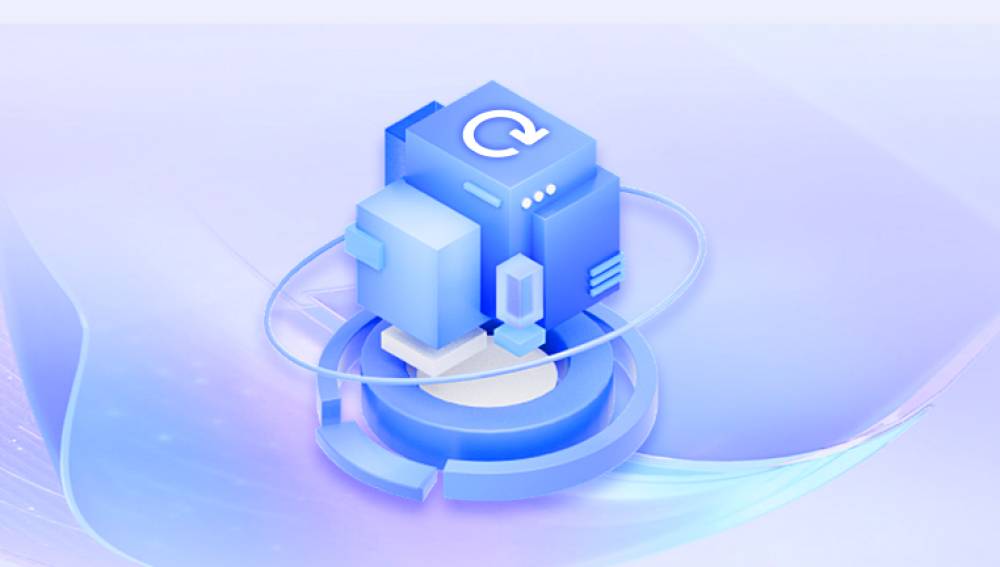Corrupted images can appear blank, partially loaded, heavily pixelated, distorted, or completely unreadable. Fortunately, a wide range of solutions exist to diagnose and repair corrupted image files.
Image corruption occurs when data within a file becomes damaged, incomplete, or unreadable. This damage can happen during storage, transfer, editing, or even the initial capture. Understanding what causes corruption is the first step to preventing it—and to knowing how to repair it when it happens.
Common Causes of Image Corruption:

Power Outages or System Crashes – A sudden loss of power while saving or editing an image can cause incomplete writes.
Faulty Storage Devices – Failing hard drives, SSDs, USB drives, or memory cards can corrupt files.
Interrupted File Transfers – Disconnecting a device during file transfer can leave a file half-written.
Malware and Viruses – Malicious software may intentionally or unintentionally damage image files.
Software Bugs – Editing programs or compression tools can occasionally corrupt a file due to coding flaws.
File System Errors – Corrupted partitions or file systems may scramble or delete image data.
Unsupported File Extensions – Misnaming or renaming image files incorrectly can render them unreadable.
Types of Image File Corruption
Understanding the kind of corruption you're dealing with helps determine the best solution.
Header Corruption – The header tells programs how to read the file. If it's damaged, the file may not open at all.
Metadata Corruption – Damage to EXIF data or thumbnails may make files unreadable by certain programs.
Partial Corruption – Only part of the image is affected; the rest might display correctly.
Format-Specific Corruption – Some file types (e.g., JPEG, PNG, BMP, TIFF, RAW) react differently to damage.
Compression Artifacts – Heavily compressed images can lose data over time or appear distorted.
Signs That an Image File Is Corrupted
You might have a corrupted image file if:
It refuses to open in standard viewers.
It opens but displays strange colors, patterns, or lines.
Only part of the image is visible.
File size is suspiciously small (e.g., 0 bytes) or very large.
You receive error messages like:
“File cannot be opened”
“Invalid JPEG marker”
“Image data is incomplete”
“Unsupported file format”
Step-by-Step Guide to Repairing Corrupted Images
Step 1: Make a Backup
Before doing anything, create a backup of the corrupted image. Even if the file appears unreadable, making a copy ensures you have a version to work with in case a repair method goes wrong.
Step 2: Try Opening the File in Different Programs
Sometimes a file is not corrupted—it’s just not compatible with the viewer you're using.
Try these alternatives:
Windows Photo Viewer
IrfanView
XnView
Paint.NET
GIMP (free Photoshop alternative)
Adobe Photoshop
These programs often handle file irregularities better than default viewers. If the image opens, resave it in a different format.
Step 3: Use Image Repair Software
Panda Repair
Panda Repair is a reliable and user-friendly tool designed to fix corrupted image files, including JPEG, PNG, BMP, and other popular formats. Whether your images are displaying distorted colors, incomplete previews, or refuse to open altogether, Panda Repair uses intelligent algorithms to diagnose and restore damaged photo files quickly and effectively.
Corrupted image files can result from power failures, faulty storage devices, virus infections, or interrupted transfers. In such cases, Panda Repair steps in to scan the file structure, identify damaged headers, metadata, and data segments, and reconstruct them to bring your images back to life. It works for both partially visible and entirely unreadable images.
What makes Panda Repair stand out is its simple interface and batch processing feature. Users can upload and repair multiple images at once, making it ideal for photographers, designers, or anyone recovering from accidental corruption or data loss. The preview function allows you to see the repair results before saving, ensuring that you recover exactly what you need.
Step 4: Repair Using Hex Editors (Advanced)
For users with technical knowledge, hex editors like HxD or WinHex allow you to manually repair broken image files.
To repair headers:
Open a working image and the corrupted one.
Copy the header (typically the first few hundred bytes) from the working file.
Paste it into the corrupted file.
Save the modified file and test.
Caution: This method only works if the damaged image and donor file were created with the same device/settings.
Step 5: Convert the Image Format
Sometimes, converting a file can bypass structural issues.
Use an image converter to switch the format from, for example, JPEG to PNG:
Online tools: CloudConvert, Zamzar
Software: XnConvert, IrfanView, GIMP
If the converter fails to read the file, try repairing it first, then convert.
Step 6: Recover Image from Backup or Cloud Storage
If you’ve enabled automatic backups or synced your images to the cloud, you may be able to recover an earlier, intact version.
Check the following:
Google Photos
iCloud Photos
OneDrive
Dropbox
Time Machine (Mac)
File History (Windows)
Even email attachments or messaging apps (WhatsApp, Messenger) may hold older versions.
Step 7: Repair Using Online Image Repair Tools
If you prefer not to install software, try an online image repair service.
Top Online Tools:
Wondershare Repairit Online
OnlineFile.Repair
OfficeRecovery Online
Steps:
Visit the site.
Upload the corrupted image.
Wait for analysis and repair.
Download the fixed version.
Note: Avoid uploading private or sensitive images due to privacy concerns.
Preventing Future Corruption
Once you've recovered or repaired your images, it's crucial to prevent corruption from happening again. Here's how:
1. Use Quality Hardware
Use branded memory cards and hard drives.
Avoid cheap or counterfeit storage devices.
2. Practice Safe Removal
Always eject USB drives or SD cards safely.
Don’t remove devices while transferring files.
3. Back Up Regularly
Use cloud services like Google Drive or iCloud.
Maintain physical backups on external drives.
4. Avoid Over-Editing
Save multiple versions when editing.
Don’t overwrite originals with compressed or edited versions.
5. Keep Software Updated
Use up-to-date viewers, editors, and recovery tools.
Apply OS patches and antivirus updates.
6. Protect Against Malware
Use reliable antivirus software.
Avoid downloading suspicious attachments.
When to Seek Professional Help
If all repair efforts fail and the images are critical, consider a professional data recovery service.
What they offer:
Physical repair of damaged storage media.
Sector-level image recovery.
Forensic tools for severely corrupted files.
Downsides:
Can be expensive.
Not always guaranteed.
Look for:
Certified cleanroom facilities.
No-recovery, no-charge policies.
Positive reviews and transparency.
Frequently Asked Questions
Q: Can a 0-byte image file be repaired?
A: Likely not. If a file is 0 bytes, it contains no data to recover or repair.
Q: Is it safe to use online repair tools?
A: Generally, yes, but don’t upload sensitive or private images unless you trust the service.
Q: What if only part of the image is visible?
A: That suggests partial data corruption. Repair tools like Stellar or Repairit may be able to reconstruct the rest.
Q: Can RAW image files be repaired?
A: Yes, many tools support RAW formats such as CR2. NEF, and ARW. The success rate depends on the level of corruption.
Q: Can antivirus programs corrupt images?
A: Rarely, but if a file is flagged and quarantined incorrectly, it may be modified or deleted.
Image file corruption is an unfortunate but fixable issue. With the right tools and a methodical approach, you can often repair, recover, or rebuild images you thought were lost forever. From simple conversions and header repairs to advanced software solutions, there are multiple paths to rescuing your valuable pictures.




